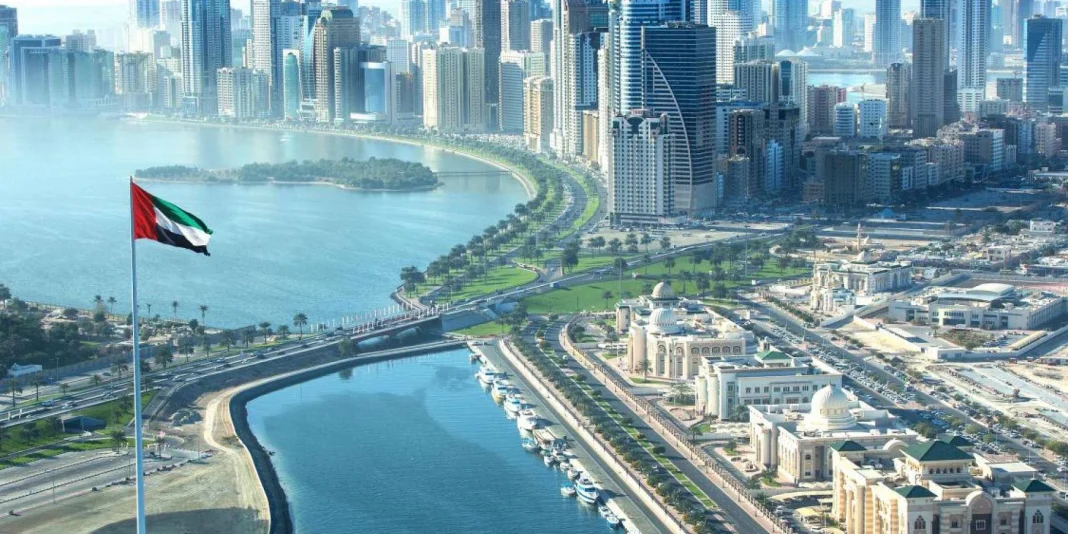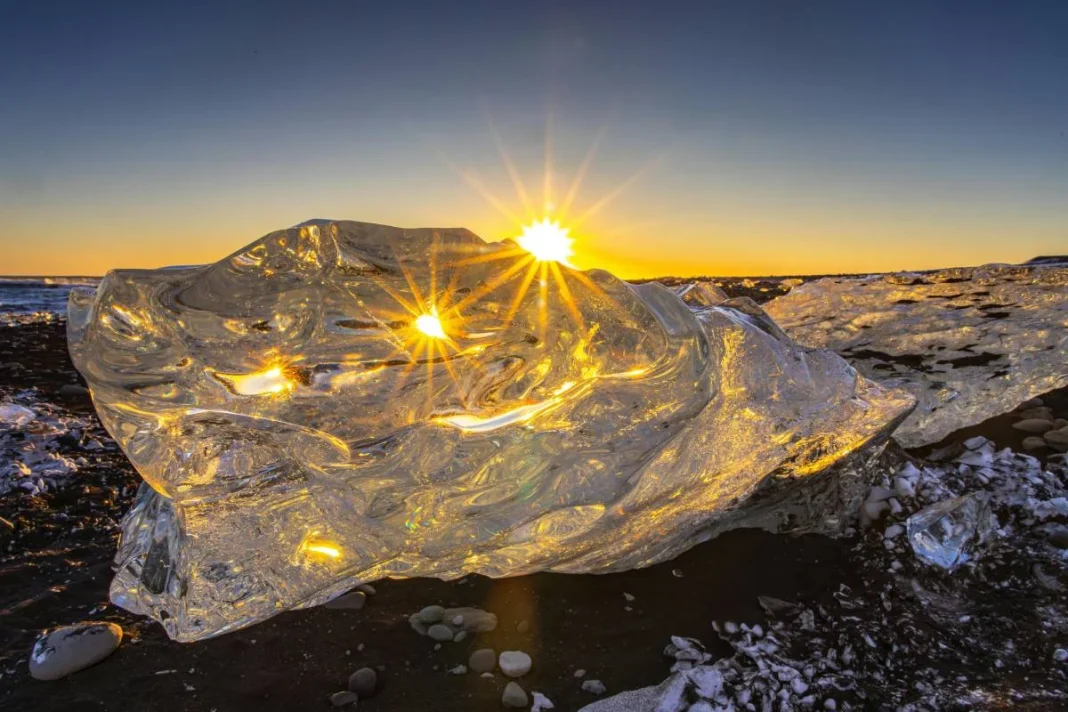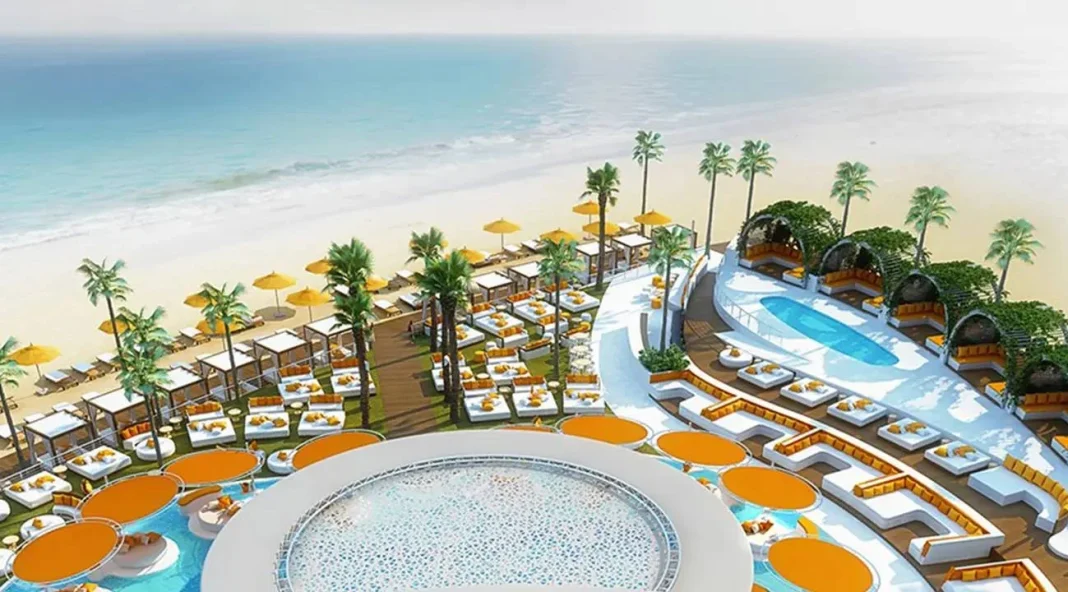The United Arab Emirates has globally recognized destinations but also some secrets that tourism has yet to explore. Among the beauties of the United Arab Emirates are the already famous Dubai and Abu Dhabi, although there are other places that National Geographic highlighted in one of its most recent publications.
The publication revealed the experiences of various travel expert journalists who recognized the capital of the Emirates as a benchmark for art in the Middle East and Dubai as the emblem of luxury and modernity in the middle of the desert. However, the list of these specialists includes other cities like Sharjah, Ajman, and Umm Al-Quwain.
Sarja: cultural capital of the United Arab Emirates, according to National Geographic
Sharjah, the third most populous city in the United Arab Emirates, is distinct from the well-known Dubai and Abu Dhabi and tries not to rely on them. Its pleasant climate with some rainfall has made this destination perfect for the settlement of various communities.
In addition to a thriving economy, this place also offers a diversity of interesting sites to explore, such as museums, souks, heritage sites, and majestic mosques, earning it the title of Cultural Capital of the Arab World by UNESCO. This is complemented by dozens of outdoor activities like hiking, tours of nature reserves, and sports on its beaches and dunes that visitors can enjoy, presenting an alternative to neighboring Dubai.
Ajman, the smallest emirate of the United Arab Emirates
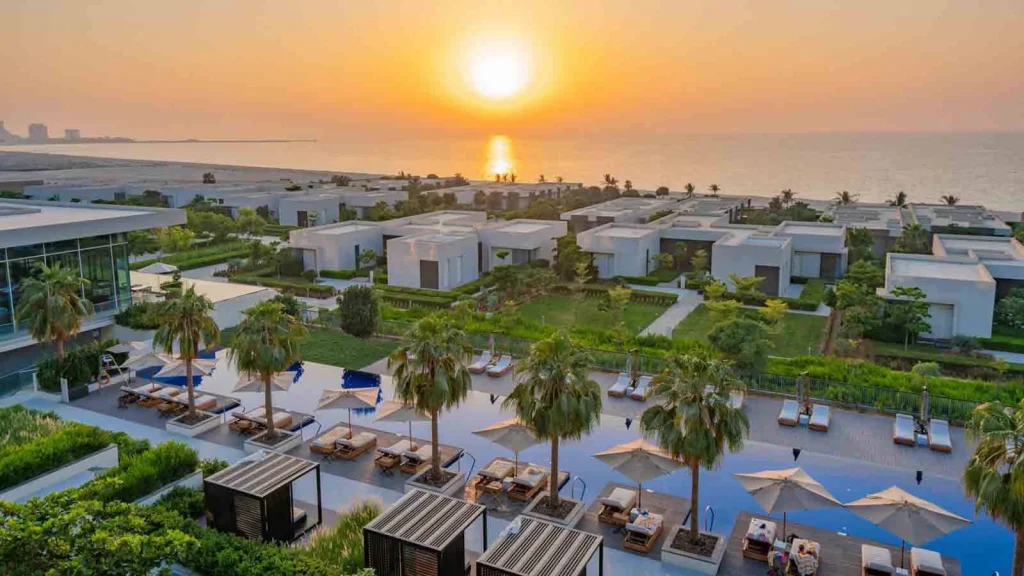
This is one of the smallest enclaves within the United Arab Emirates but rich in natural beauty, as defined by National Geographic. This city covers just 260 square kilometers and is surrounded by the aforementioned Sharjah. Its essential economic activity is fishing and date palms. For those who wish to explore it, the 16-kilometer coastline boasts turquoise waters and dolphin watching, a fun activity for the more adventurous tourists.
Among the most special sites to visit are a series of mangroves, museums, and shopping centers distributed across three areas that make up the locality: Ajman City, Masfout, and Al Manama, a particular region with an agricultural zone overlooking the Ashqar and Ben Alwah mountains, which are rich in natural wealth.
Umm Al-Qaywayn, “the mother of two powers” of the United Arab Emirates
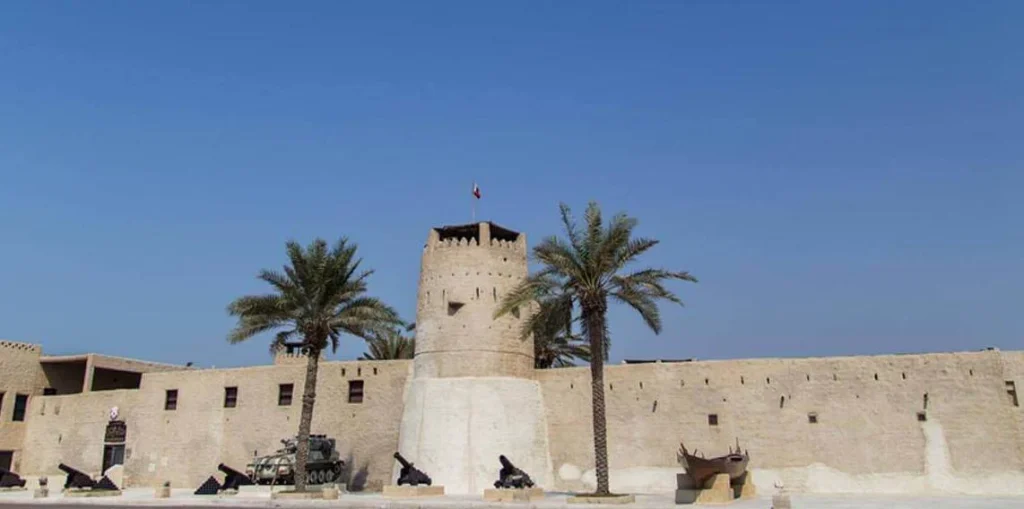
Umm Al-Qaywayn is considered one of the least populated areas in the United Arab Emirates, with just 72,000 residents. Its nearby cities are Sharjah and Ajman, and its government is led by Sheikh Hamad bin Mohammed. The meaning of its name is quite particular, translating to “mother of the two powers,” referring to the activities that provide sustenance from land and water. It is governed by the Al Mualla family, and its sources of income include fishing and date cultivation, an important economic activity in the area that contributes to the development of the other emirates.
One of the treasures of the United Arab Emirates also mentioned by National Geographic is Ras Al Khaimah, “home to the world’s whitest and roundest pearls.” Among the highlights noted by the publication about this site is that it is the “only one with continuous human habitation for 7,000 years, due to its geography: desert and mountainous areas.” Among its attractions, this site offers activities such as hiking, camping areas, and the longest and highest zip line in the world at the top of Jebel Jais. It provides an alternative to the already classic enclaves of the United Arab Emirates.

